Eugène Brands
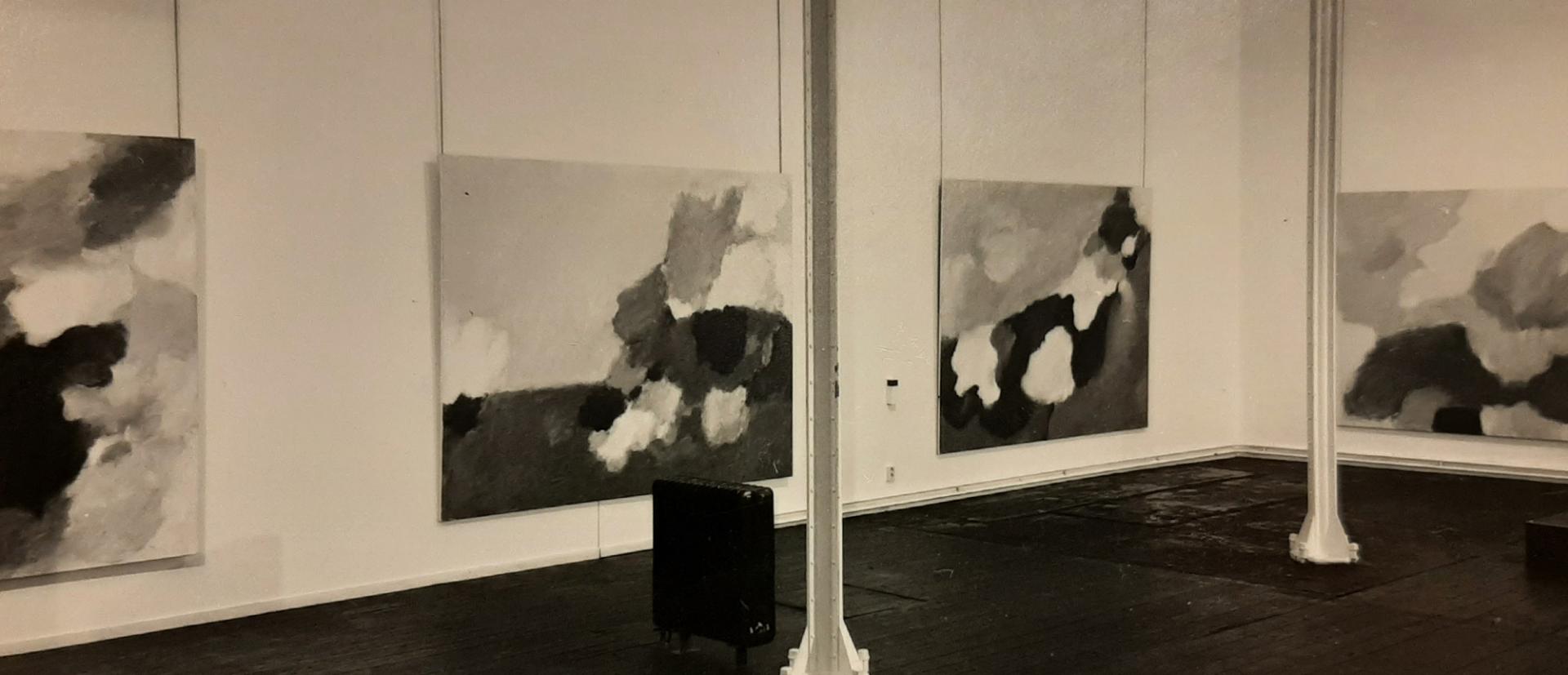
Artist Eugène Brands (1913-2002) briefly was a member of the Cobra movement, but soon pursued his own path. An exhibition of his work opens at the Noord-Veluws Museum in Nunspeet on the first of July 2023, which will include the large lyrical-abstract canvases Brands produced in his studio near Nunspeet. The collection of the RKD contains extraordinary material on this remarkable artist, who was also active as a poet and writer. He proclaimed his love of ethnography and folk music through radio as well.
From Cobra to Nunspeet
When the Cobra artists' group was founded in Paris in November 1948, Eugène Brands had already been working as an artist for over a decade. Although Karel Appel and Corneille are perhaps better known as representatives of Cobra, Brands' contribution has been of at least equal value to the movement. However, his involvement in the progressive collective was short-lived. In 1949, he left for good, with mutual tensions having played a role. From then on, he devoted himself to imagining his poetic world in relative silence but with great dedication. As of 1974, he no longer worked solely in Amsterdam, but also on the outskirts of rural Nunspeet, where he occupied a studio in the woods that allowed him to connect with nature and the cosmos.
Early years: poet and visual artist
A 'deliberate autodidact', Brands chose to become an artist in the mid-1930s. From childhood, he was impressed by the infinity of the cosmos. As a young man, he proved himself a freethinker as he came under the influence of pre-war surrealism. Not only in his early assemblages and drawings did he show his fascination for the unconscious and free association, the poems and prose texts he wrote between 1938 and 1946 are also characterised by a free, irrational use of language. Partly defined by the war years, when he was confronted with death and a lack of freedom, these poems are sombre and menacing in tone, without becoming explicit. Brands entrusted the series to poet-businessman Louis Tiessen (1921-2017).

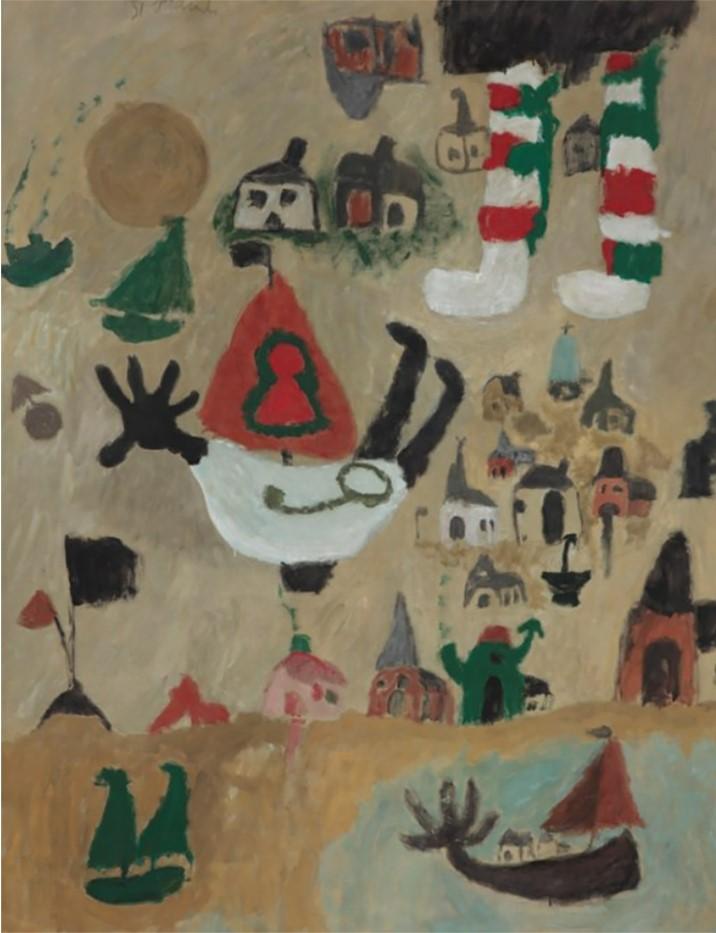
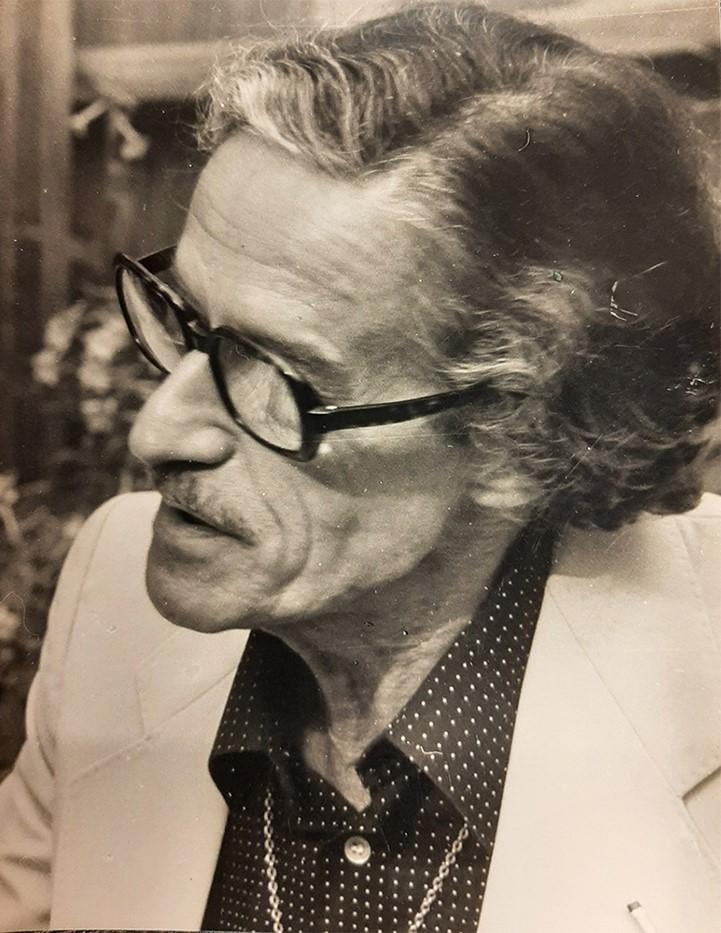
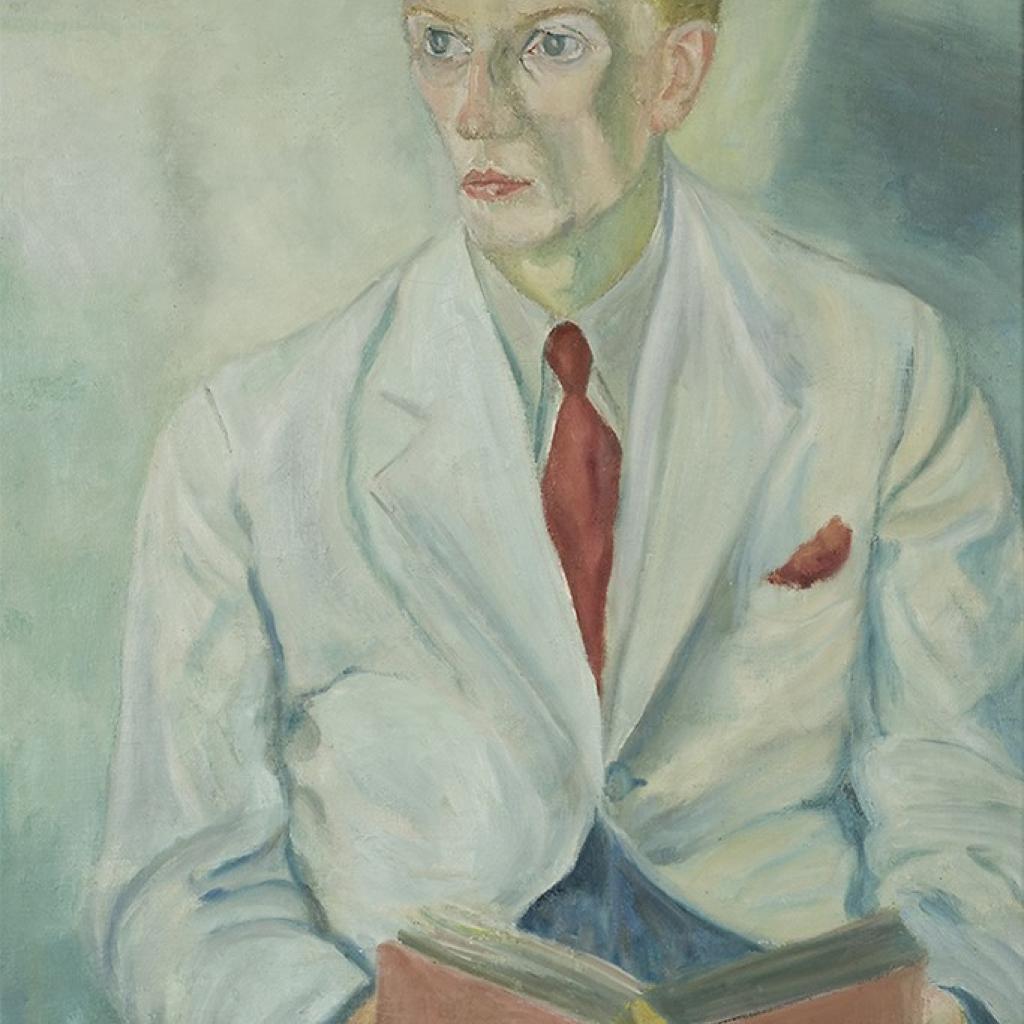
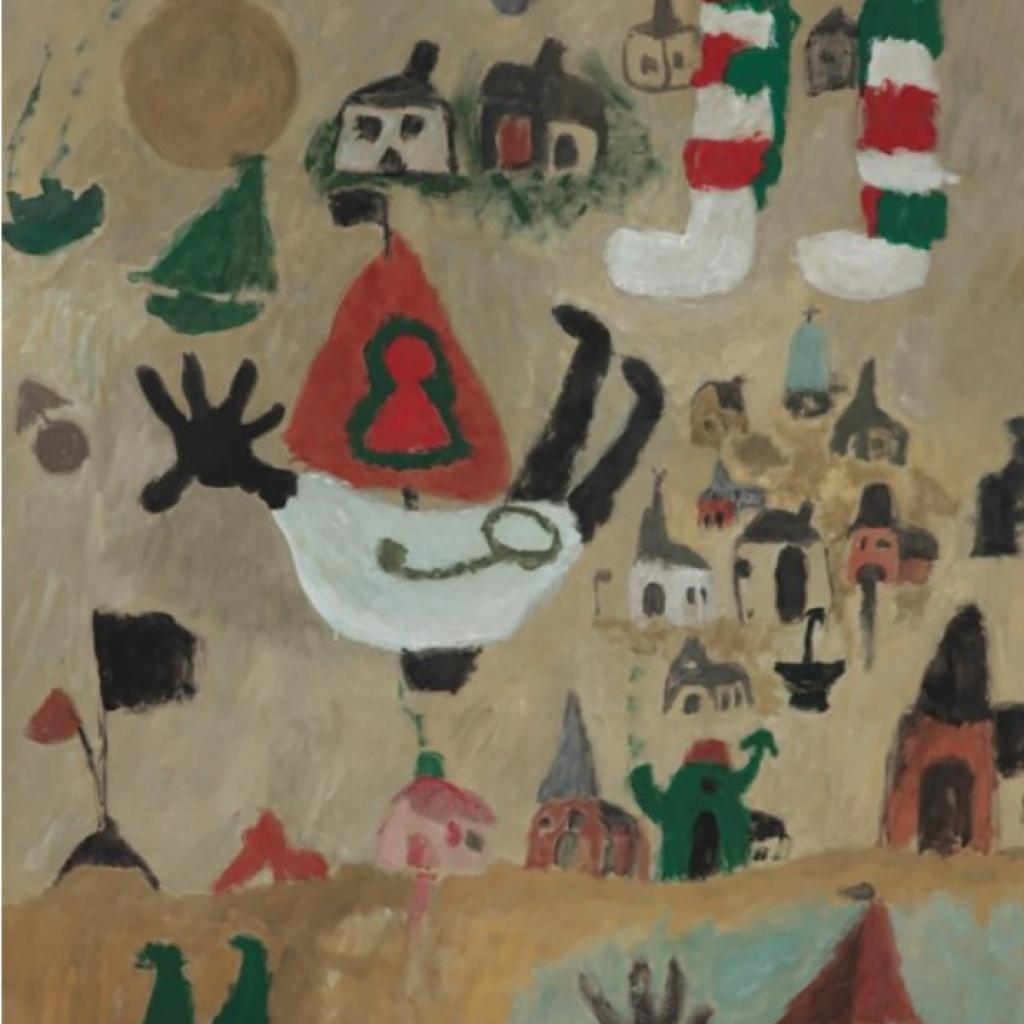
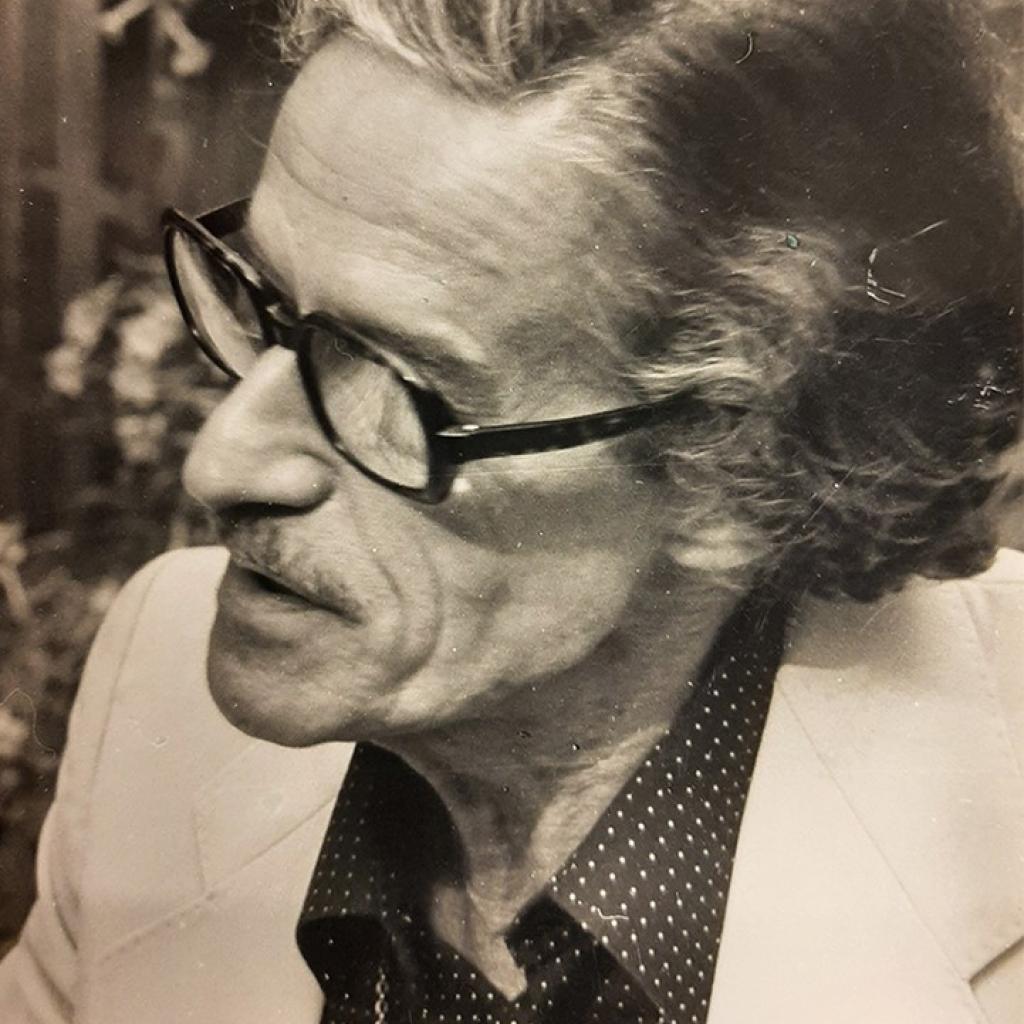
Series of poems
Between 1987 and 2002, Tiessen gifted parts of his archive to the RKD. These include the series of twelve handwritten poems by Brands. Tiessen was involved in literary circles from a young age, but only gained fame when he frequented the Amsterdam café Eylders and met the artists of the Experimentele Groep, the predecessor of the Cobra movement. Before there was any talk of founding Cobra, he had already befriended Corneille. He got to know Brands in 1946, at a time when he was about to finish his literary and poetic writings he had produced from around 1938 for good. Brands' poems are characterised by a mixture of surrealism, pragmatism and incongruous associations. 'Dead branch with dial', which is based on an early drawing, dates from 1944 and sums up the sombre atmosphere of war and seclusion in just a few words.
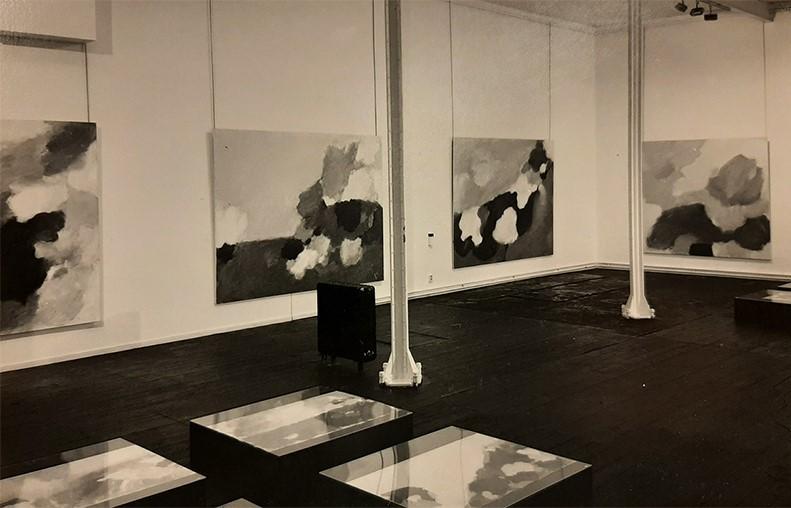
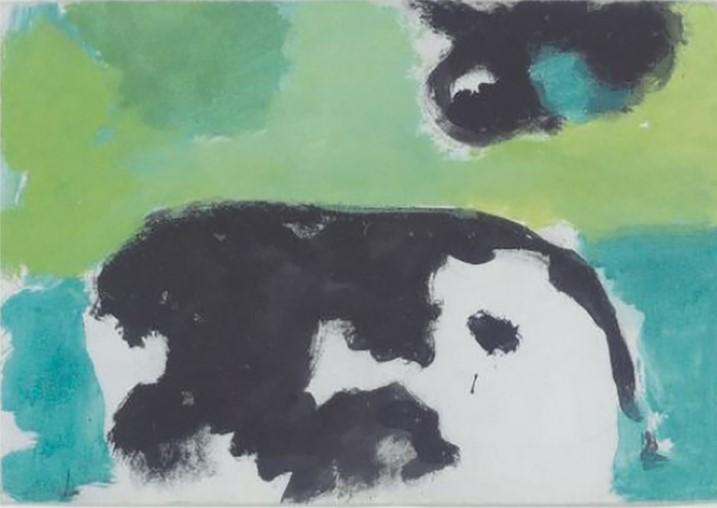
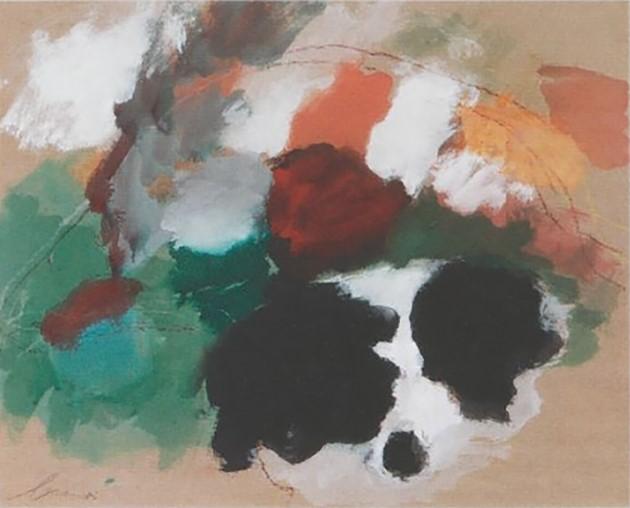
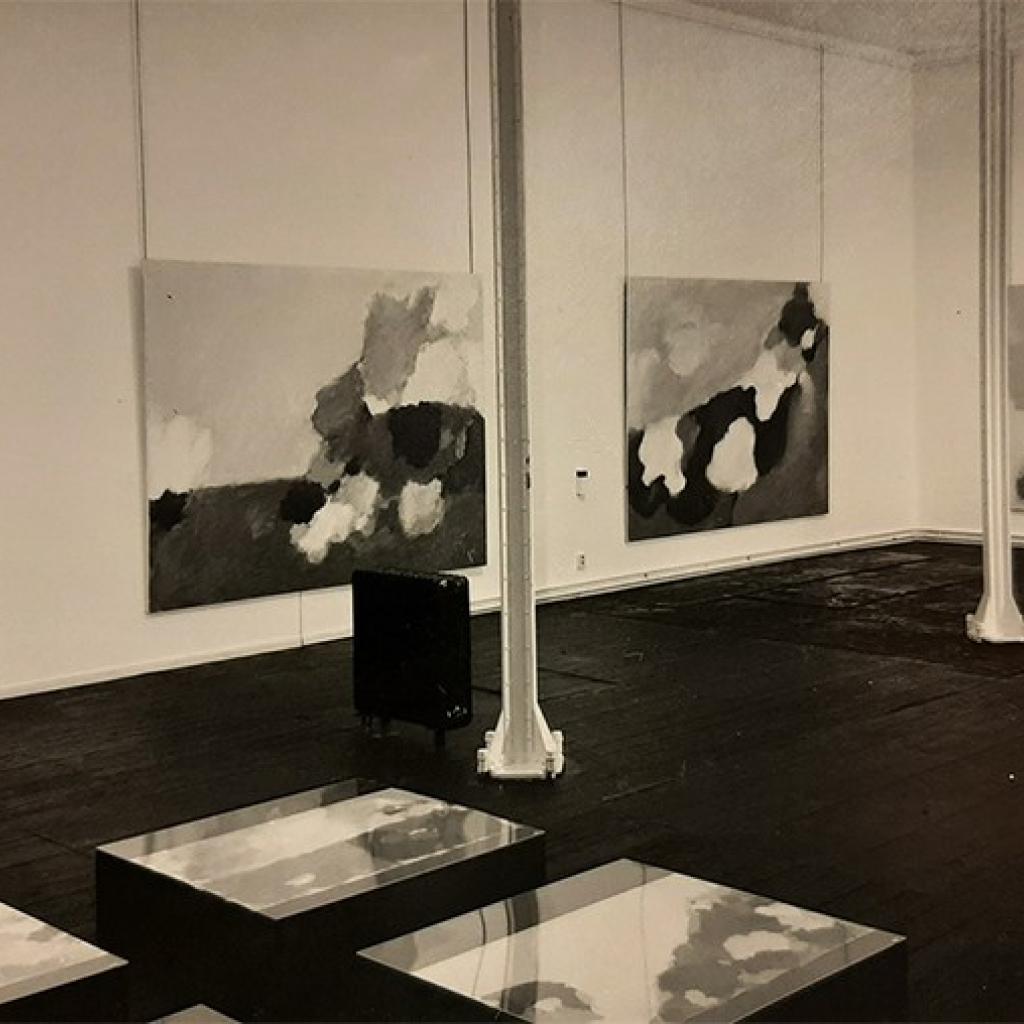
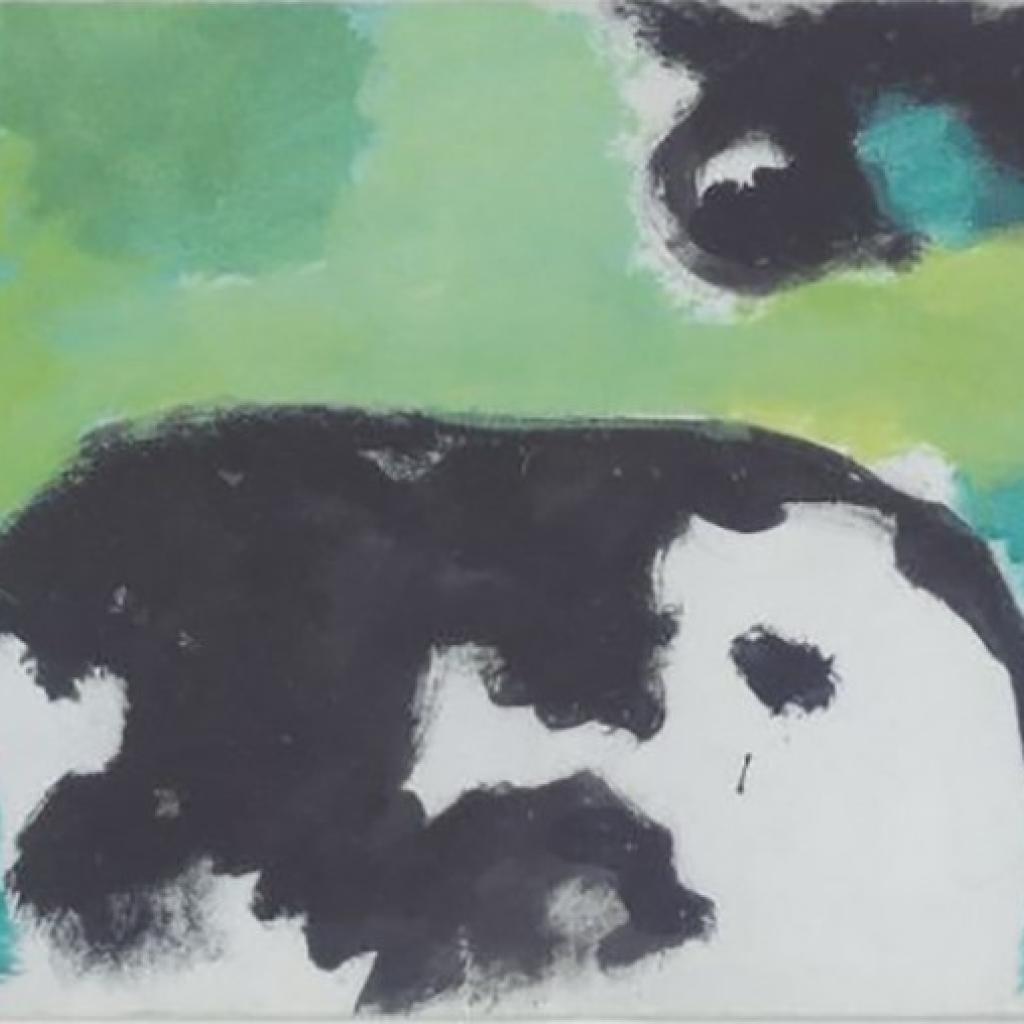
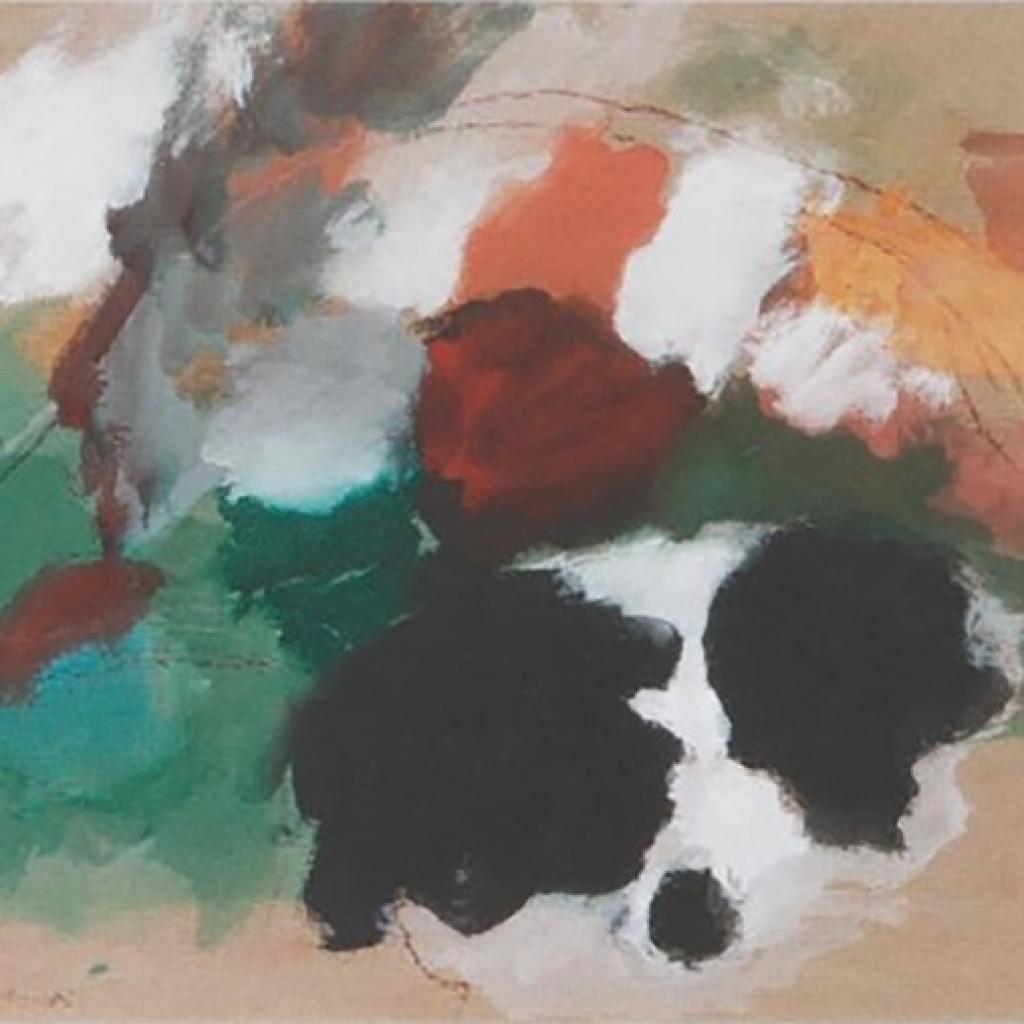
Contact with the cosmos
Other archival documents in the RKD collection show that Brands' artistic career was going well. He wrote a letter to the art critic W. Jos. de Gruyter in 1952 thanking him for the fact that his painting 'Promenade in the Village' was sold at an exhibition in Pittsburgh partly due to his efforts. Galerie Nouvelles Images gave Brands ample opportunity in 1976 to show his new work, large canvases with abstracted colourful landscape patterns that prominently feature the black patches of cows. They date from the period when he moved to Hulshorst, near Nunspeet. In the large studio in the woods, he experienced the silence of nature and contact with the cosmos more intensely than in the city. A journalist from Het Parool noted on a visit to the artist in 1979: 'Eugène Brands (66) has lived in Nunspeet with his wife Toos since 1975. His house, barely accessible by car, is well hidden among the woods. In the living room a large painting by himself, some incredibly handsome pieces of art by so-called primitive peoples and an impressive collection of gramophone records.' In 1999, Brands moved to a studio in southern France and gave up his residence in Hulshorst. In 2002, however, he died in his native Amsterdam, on his birthday no less. Brands himself did not believe in coincidence, but saw meaning in everything, as he declared at an early age.